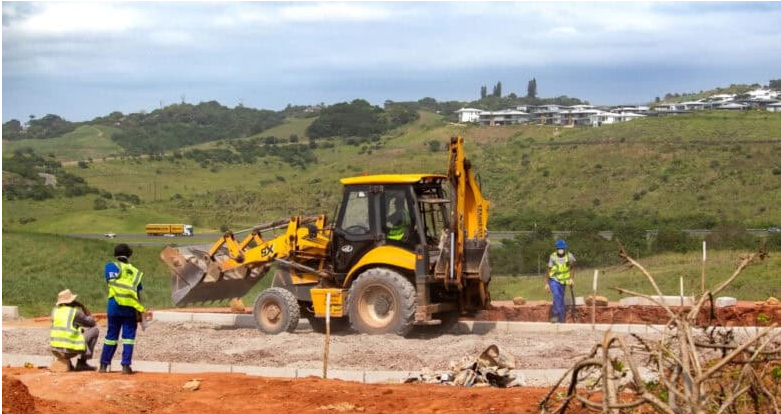Bree Street blast: Concept design under way, but actual repair work has not yet begun
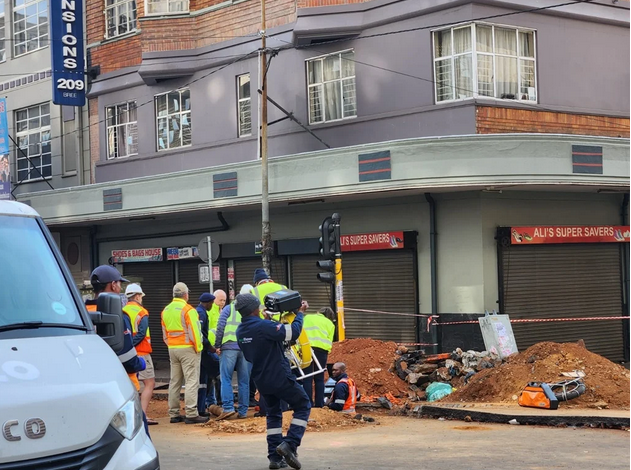
04-10-2023
Read : 687 times
News 24
Source
The concept design to repair Lilian Ngoyi Street in Johannesburg is under way.
The rubble removal from the 19 July blast will be completed at the end of the week, the original completion date was 30 August.
The city is waiting on the provincial government to declare the site a local disaster.
The concept design for Lilian Ngoyi Street (formerly Bree Street) is under way after the deadly explosion on 19 July ripped up over 400m of the road and destroyed underground infrastructure.
The blast occurred just after 17:00 after methane gas bubbled to the highest point of the cavity under the road.
The gas was trapped in the tunnel because the manholes were welded shut to prevent cable theft, and a spark from an unknown origin ignited it.
The city estimates it would cost around R178 million to fix the road and has asked the province to declare the event a local disaster.
According to city manager Floyd Brink, the inception for the project was 21 September, and the team is busy with the concept design, which should be completed on 16 October.
The detailed designs are planned for 8 November, and the deadline for the appointment of a contractor is 30 November.
The city is awaiting a response from the provincial government on the declaration.
Brink said:
We have installed a new fence as well as commenced with loose material rubble removal, which will all be concluded by the end of this week.
He said the team was working toward these dates, which were subject to change should there be any "unforeseen or new developments".
The original date for the completion of the rubble removal was 30 August.
The road needs a redesign because it was built in 1935 before constructors understood the dangers of methane gas, which occurs naturally underground and in sewers.
Since then, roads have been constructed to allow gas to escape the streets to prevent a build-up.
There's a network of underground tunnels below the city roads. These tunnels are used to store cables needed to keep the city running.
These include electrical cables, water pipes, gas lines, internet cables, and others. The CBD also has old post tunnels, which were used to escalate mail transport within the city.
These cavities are accessed through manholes.
Road explosions caused by methane gas are not uncommon and have occurred in many places worldwide.
The new road design will mitigate this, but a significant part of the underground system will be redesigned.
The city is also investigating all the underground tunnels in the CBD to ensure a similar event does not happen again.
Brink said the appointment for the tunnel assessment would be made by 9 October, and the work should take about 12 weeks to complete from the award date.
Recent News
Here are recent news articles from the Building and Construction Industry.
Have you signed up for your free copy yet?
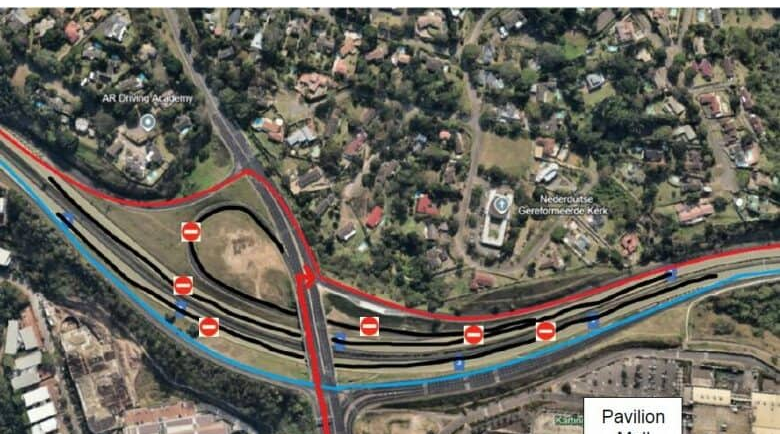
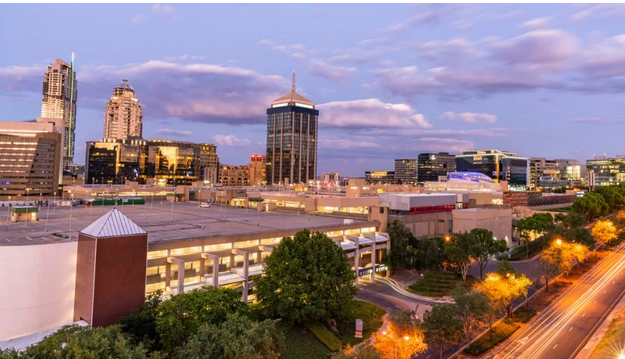
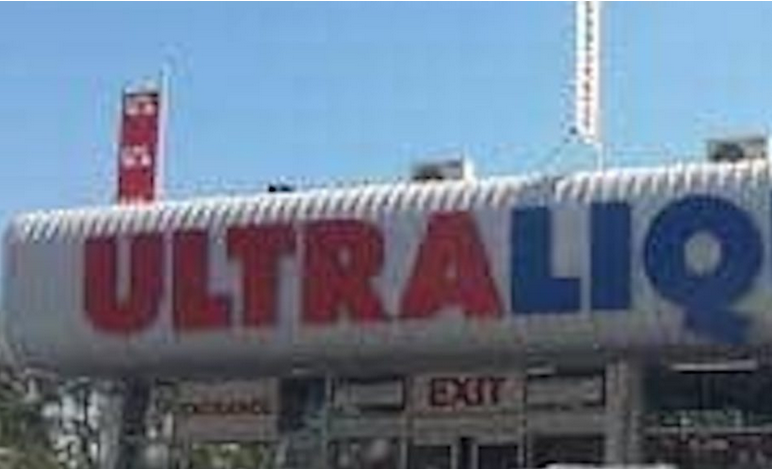
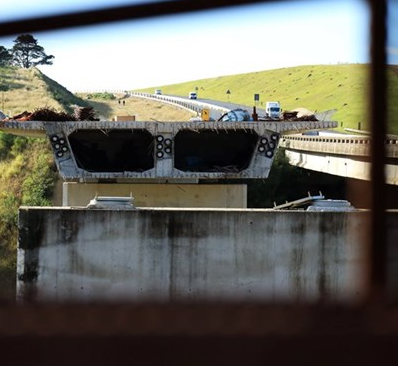
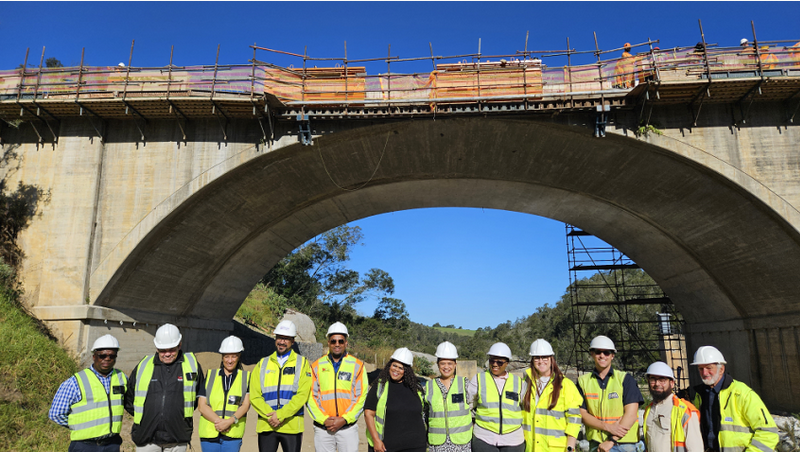
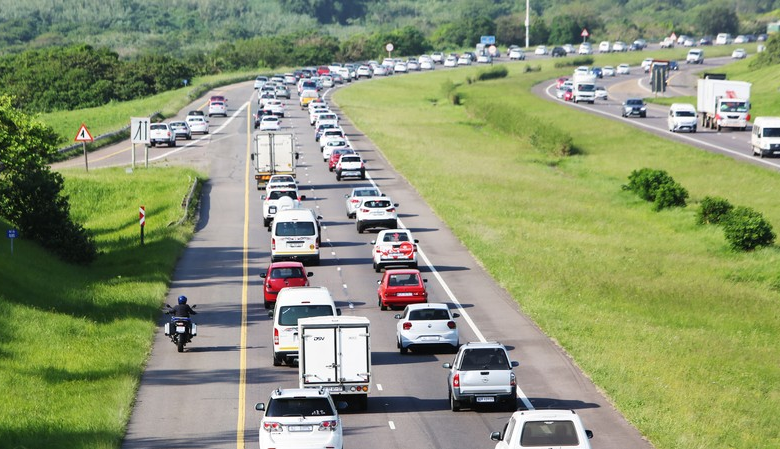
![[Image: Sights of Cape Town and Surrounds / Facebook]](https://static.l2b.co.za/Images/Uploads/Photos//1d12901c-9c1f-41ee-bcac-abf623557919.png)


